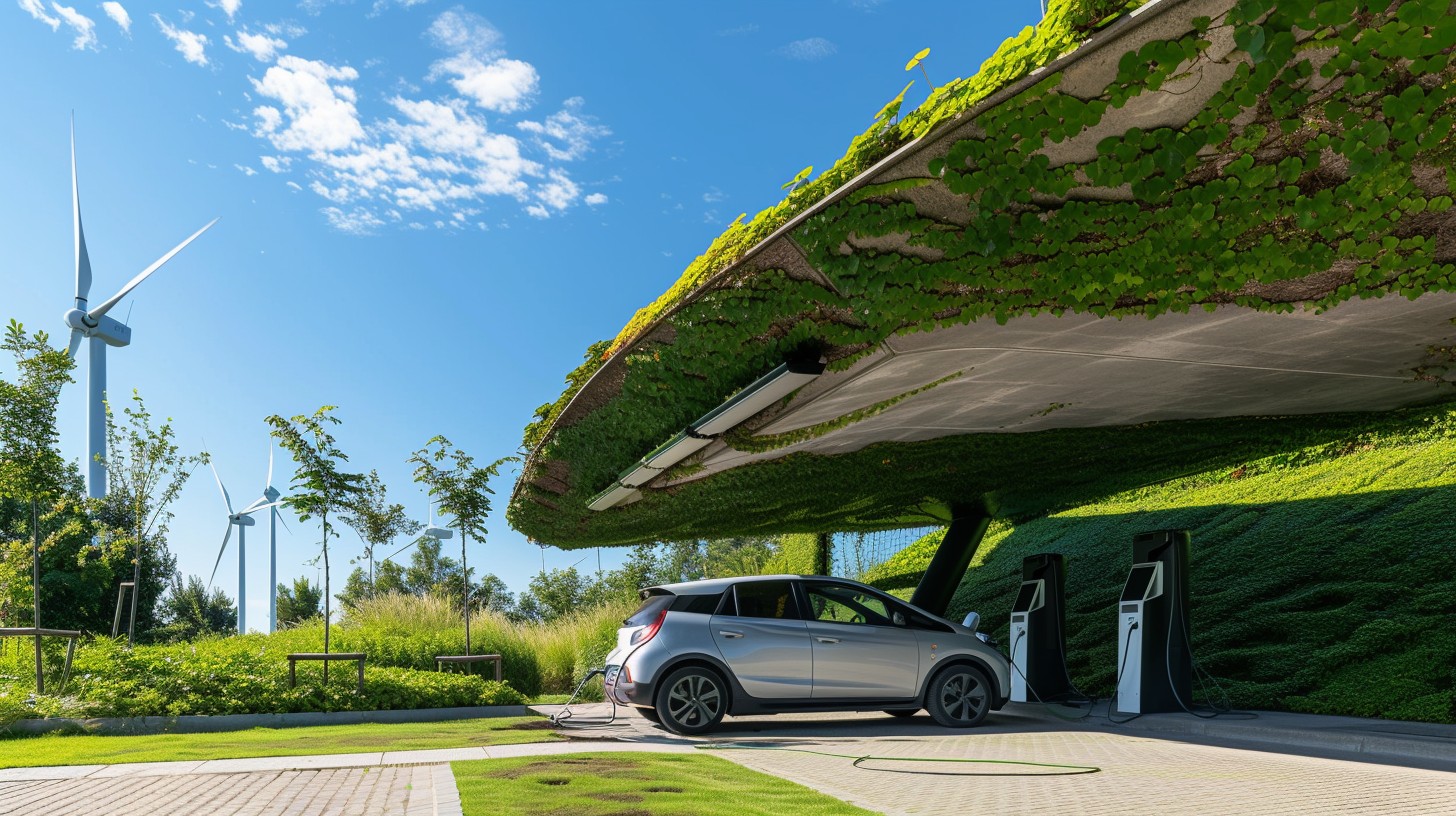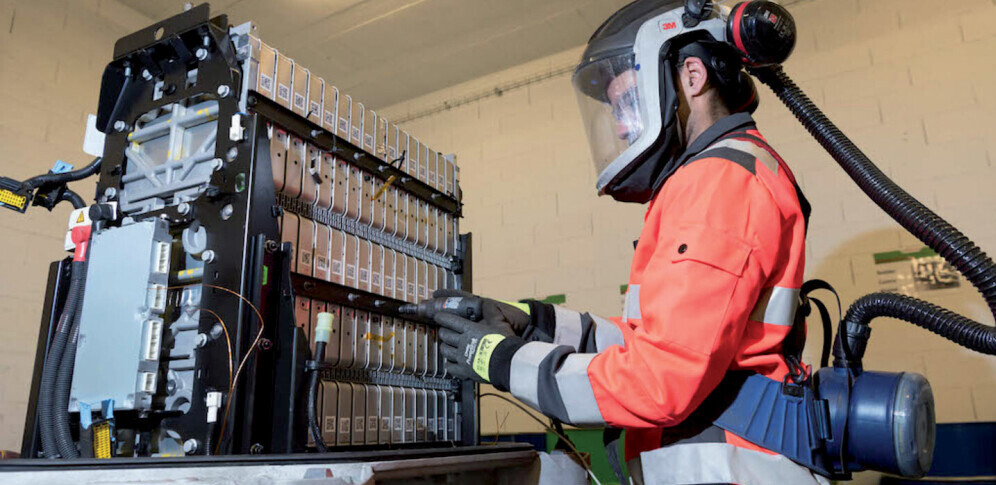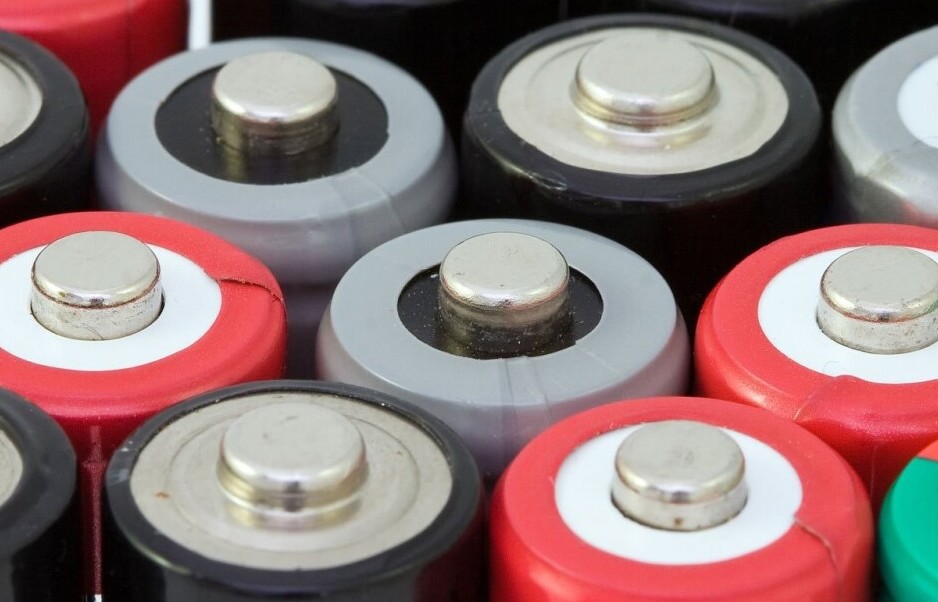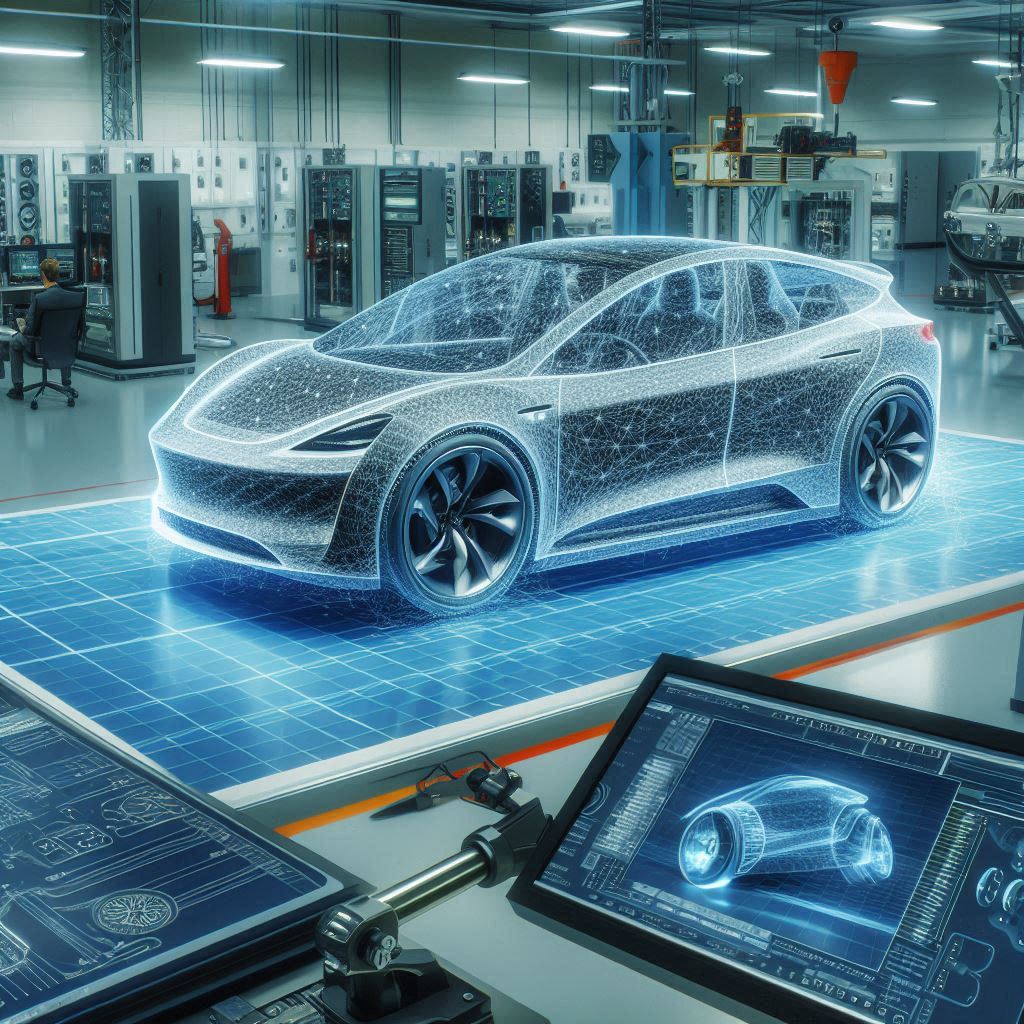Unusual Electric Vehicle Charging Methods
Electric vehicles (EVs) are becoming more popular thanks to their potential to reduce emissions and reliance on fossil fuels. But let’s face it, if we want these eco-friendly vehicles to truly take over, we need to get serious about convenient charging options. While plugging into a standard charging station works for now, it’s not always the quickest or most convenient option, especially as more EVs hit the road.
Standard charging stations can be found in many places, but they often come with their limitations. Long queues, limited availability, and slow charging speeds can make the process a bit frustrating. Trust me, no one wants to be stuck waiting hours to get back on the road.
That’s where some creative brains are stepping up with unusual yet practical alternatives. Think wireless charging, solar-powered stations, and dynamic roadway charging. These innovative solutions aim to make charging easier and faster, which could be a game-changer for EV adoption. Instead of relying solely on traditional plug-in stations, we’re moving towards a future where your car can charge while parked or even on the go.
Exploring these innovative solutions not only makes our lives easier but also pushes us closer to a sustainable future. It’s fascinating how technology adapts to meet our needs.
Wireless Charging: The Seamless and Effortless Experience
Imagine never having to plug in your car to charge it. Wireless charging for EVs aims to make that vision a reality. Instead of connecting a cable, your car charges automatically when parked over a special pad. Just like modern smart phones!
Wireless charging works through electromagnetic fields. An induction coil on the charging pad transfers energy to a receiver in the vehicle, charging the battery without any physical connections. It’s all about convenience and efficiency, reducing the need for cables and plugs.
There are some strong benefits to wireless charging, like ease of use and reduced wear and tear on charging ports. However, it’s not all perfect. This tech can be a tad slower compared to traditional chargers and might still be a bit pricey. But innovation always comes with challenges, right?
On the brighter side, manufacturers and tech companies are constantly improving this tech. Advances are making it faster and more accessible, and there’s hope that we’ll see widespread implementation soon. Some cities are already testing public wireless charging spots for taxis and buses, hinting at a future where we no longer worry about plugging in our vehicles.
Solar-Powered Charging Stations: Driving Sustainability in EV Usage
Solar-powered charging stations are a great option for those looking to embrace greener tech. These stations harness the power of the sun to charge up electric vehicles, serving a dual purpose: reducing reliance on traditional power grids and cutting down on carbon emissions. It’s a win-win situation for both EV drivers and our planet.
The idea is simple but brilliant. Solar panels installed at charging hubs soak up sunlight and convert it into electricity stored in batteries. This setup ensures that electricity flows to charge an EV, even when the sun is down. So, whether it’s day or night, those wheels keep turning!
Solar-powered charging stations come with significant perks. They’re eco-friendly, which is perfect for heavy-duty drivers keen on minimizing their carbon footprint. Plus, they can be particularly useful in remote or off-grid locations where traditional power sources are elusive.
There’s already buzzing interest around the globe as areas try tapping into solar energy for EV charging. From sunny California to Europe’s greener parts, more stations are integrating solar solutions to keep cars running. It’s these successful examples that encourage broader adoption, proving that solar power isn’t just a pipe dream.
Of course, setting up a solar station can be costly initially, given the tech involved. However, the long-term savings on energy bills and reduced environmental impact make it a compelling choice for businesses and municipalities. With continuous improvements and investments, it looks like solar-powered EV charging might soon become a common sight on our roads.

Dynamic and Inductive Roadway Charging: Charging on the Go
Dynamic and inductive charging take things to a whole new level by letting vehicles charge as they drive. Picture this: a road with embedded tech that powers up your car while you cruise along. It’s futuristic and ultra-convenient.
Here’s how it works. Dynamic charging involves installing coils under the road surface, which wirelessly transmit electricity to the car’s receiver as it passes overhead. It’s kind of like a magic carpet ride, but instead of flying, your car gets topped up on the move.
Countries like Sweden and South Korea are already testing these charging highways. Buses and trucks that travel the same routes every day could really benefit from this setup, maximising efficiency and cutting downtime. And let’s not forget personal EVs cruising without the nagging worry of running low on charge.
However, road-embedded technology presents some challenges. The initial costs are significant, and retrofitting existing roads requires massive work. Plus, there’s a need to standardise tech across vehicle manufacturers, ensuring compatibility.
Despite these hurdles, the buzz around dynamic and inductive charging is worth noting. It’s not just convenient; it could reshape public transportation and urban planning. With continued trials and technological advancements, on-the-go charging might not be so far on the horizon. Hoping to see my car charging up while I drive through my neighborhood is no longer a wild dream but a budding reality.




3 comments